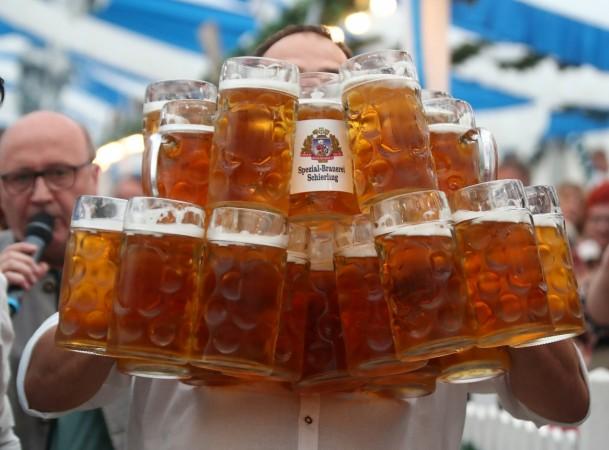
Archaeologists from Lund University working in Uppakra, Sweden confirmed the new findings unearthed apparently shows beer brewing since the iron age.
Experts in archaeobotany have discovered carbonized germinated hulled barley grains in Uppakra, a southern Swedish village known for its archaeological finds.
Large-Scale beer brewing
The study team led by Mikael Larsson of Lund University unearthed multiple kilns, or special ovens dating back to 400 to 600 AD which suggests that the Swedes have been brewing beer in a large scale, possibly for feasting and trading.
The findings were published in the journal Archaeological and Anthropological Sciences.
According to Michael Larsson, who specializes in archaeobotany, the archaeology of human-plant interactions said, "We found carbonized malt in an area with low-temperature ovens located in a separate part of the settlement. The findings are from the 400-600s, making them one of the earliest evidence of beer brewing in Sweden."
"Because the investigated oven and carbonized grain was situated in an area on the site with similar ovens, but absent of remains to indicate a living quarter, it is likely that large-scale production of malt was allocated to a specific area of settlement, intended for feasting and trading," Larsson says.
Beer dating back to Iron Age
Barley pop is a part of ancient societies. This evidence only confirms that beer production dates back to Mesopotamia as early as 4000 BC.
Owing to lack of proper sources in the Nordic region, the scientists rely only on these primordial keggers.
Mikael Larsson says, "We often find cereal grains on archaeological sites, but very rarely from contexts that testify as to how they were processed. These germinated grains found around a low-temperature oven indicate that they were used to become malt for brewing beer."
How do you brew beer?
There are two stages to brew beer. In the first malting stage, the cereal grains are soaked in water so the enzymes can break down both proteins and starches to fermentable sugar. It takes four to six days for the grains to germinate.
After germination, once enough sugar has been formed, the grains are taken to the kiln for drying in an oven with hot air to arrest the germination process.
The researchers believe their discovery was in the kilning phase.
"The germinated grains found around a low-temperature oven indicate that they were used to become malt for brewing beer," says Larsson.
The early traces of malt with regard to beer brewing have been found in two other places of Nordic region - Denmark from 100 CE and Eketorp on Oland from around 500 CE.
Mikael Larsson concludes, "From other archaeological sites in the Nordic region, traces of the bog-myrtle plant have been found, which indicates beer brewing. Back then, bog-myrtle was used to preserve and flavour beer. It wasn't until later during the Middle Ages that hops took over as beer flavouring."









!['Had denied Housefull franchise as they wanted me to wear a bikini': Tia Bajpai on turning down bold scripts [Exclusive]](https://data1.ibtimes.co.in/en/full/806605/had-denied-housefull-franchise-they-wanted-me-wear-bikini-tia-bajpai-turning-down-bold.png?w=220&h=138)



